Earth
Sign up for our newsletter
We summarize the week's scientific breakthroughs every Thursday.
-
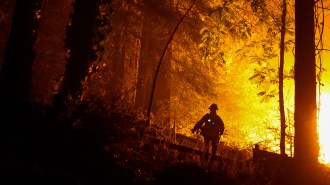 Earth
EarthTechnology and natural hazards clash to create ‘natech’ disasters
Hurricanes, wildfires and nature’s other extreme events are increasingly causing damage to infrastructure crucial for safety and communication.
By Megan Sever -
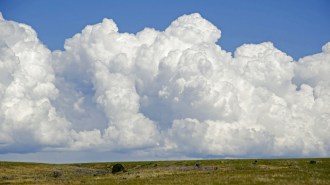 Microbes
Microbes50 years ago, scientists suspected microbes flourished in clouds
In 1970, scientists presented early evidence that microbes in clouds may be alive and kicking.
-
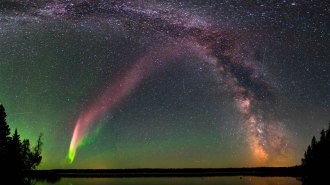 Earth
EarthSTEVE may be even less like typical auroras than scientists thought
The purple-and-green, atmospheric light show nicknamed STEVE just got even stranger.
-
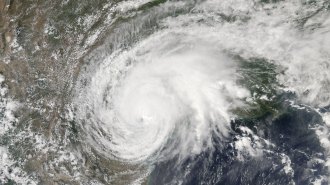 Climate
ClimateOnce hurricanes make landfall, they’re lingering longer and staying stronger
Warmer ocean waters due to human-caused climate change can help power hurricanes’ fury even after they roar ashore.
-
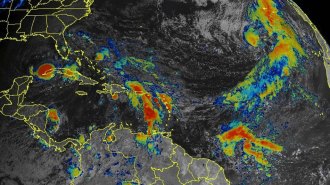 Earth
EarthWith Theta, 2020 sets the record for most named Atlantic storms
Climate change is expected to fuel fewer — yet more intense — Atlantic storms. With a whopping 29 storms but few strong ones, 2020 may be an outlier.
-
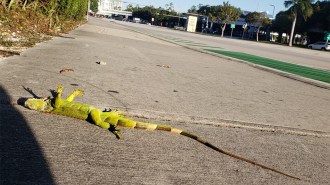 Animals
AnimalsHow frigid lizards falling from trees revealed the reptiles’ growing cold tolerance
Some Florida lizards’ ability to handle temperatures down to 5.5° C may provide clues to how they might deal with the extremes of climate change.
-
 Oceans
OceansEven the deepest, coldest parts of the ocean are getting warmer
Deep-sea temperatures seem to be rising, but it’s too soon to say whether that’s a result of climate change caused by humans, researchers say.
-
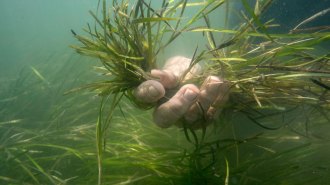 Environment
EnvironmentHow planting 70 million eelgrass seeds led to an ecosystem’s rapid recovery
The study is a blueprint for restoration efforts that capitalize on seagrass habitats’ capacity to store carbon and that can be replicated elsewhere.
-
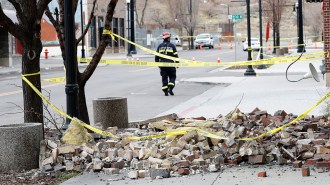 Earth
Earth50 years ago, scientists were looking for ways to predict earthquakes
Though earthquake prediction remains elusive, early warning systems can help keep people safe.
-
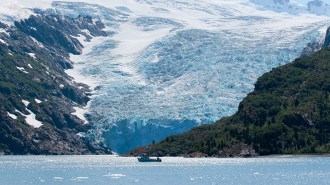 Oceans
OceansLarge-scale changes in Earth’s climate may originate in the Pacific
A new study suggests that the melting of Alaska’s glaciers into the North Pacific could have far-ranging effects on ocean circulation and the climate.
-
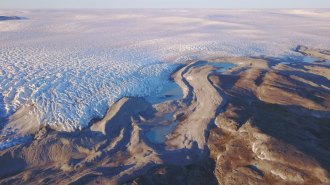 Climate
ClimateBy 2100, Greenland will be losing ice at its fastest rate in 12,000 years
The rate of loss of Greenland’s ice will soar over the next century even with greatly reduced greenhouse gas emissions.
-
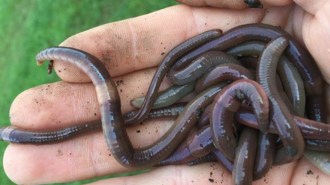 Environment
EnvironmentInvasive jumping worms damage U.S. soil and threaten forests
Also known as snake worms, these writhing wrigglers turn forest leaf litter into bare ground, changing soil composition and ecosystems as they go.
By Megan Sever